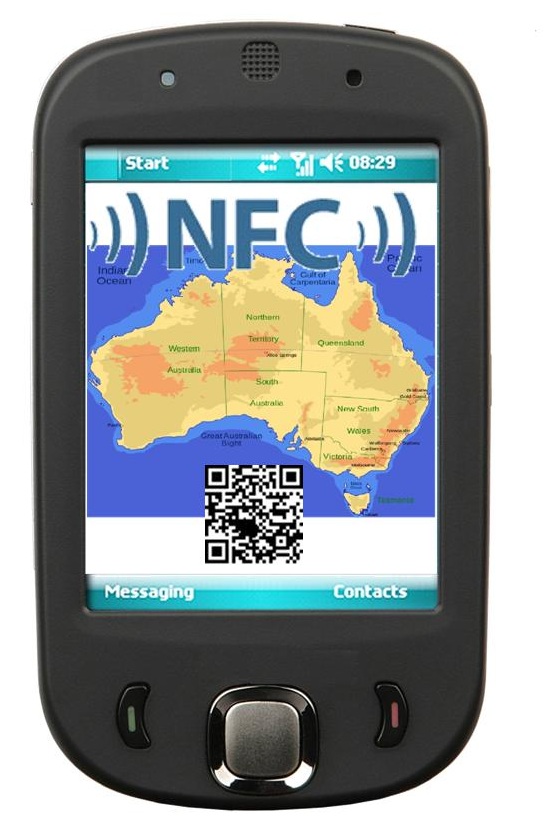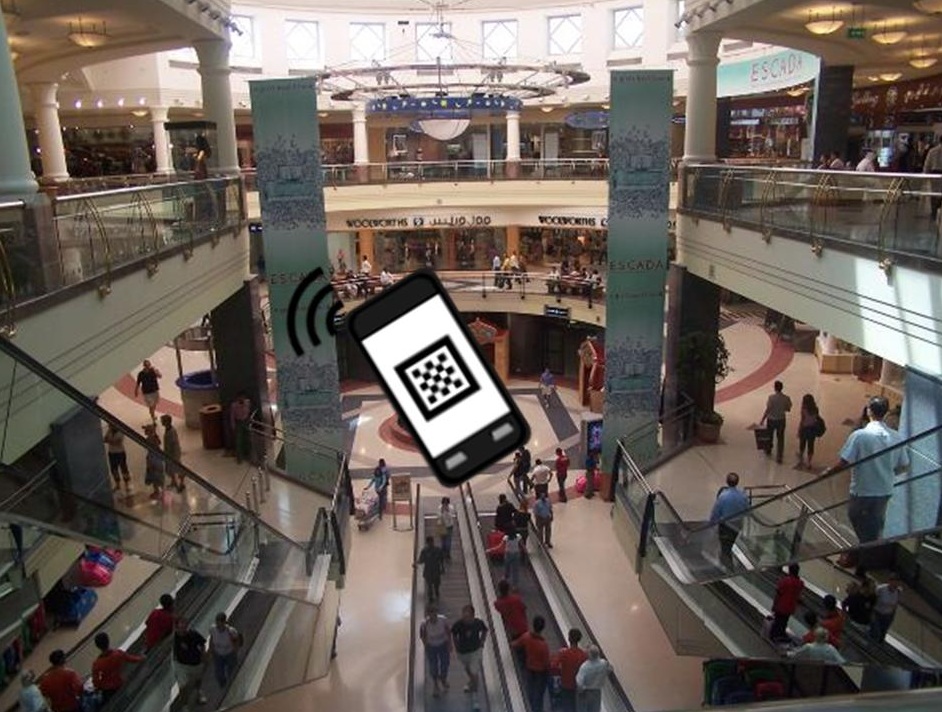Mobile payments gain traction in Australia
As mobile commerce grows more popular around the world, new payment platforms are emerging in several markets. In Australia, mobile payments start-up FLASHiZ has announced its official opening in Sydney. The start-up has plans to launch its new mobile payments platform in the coming months in an effort to engage the growing number of mobile consumers in Australia. FLASHiZ aims to make mobile payments as accessible to consumers as possible and will be focusing on numerous tools to ensure that this is possible.
FLASHiZ puts QR codes and NFC tags to good use
FLASHiZ leverages both QR codes and NFC tags in order to facilitate mobile payments. NFC technology has long been a staple in mobile commerce and most modern mobile commerce platforms are based upon the technology and its capabilities. Not all mobile devices support NFC, however, which is why FLASHiZ also makes use of QR codes. The codes help facilitate mobile payments for those that do not have NFC-enabled mobile devices.
 New platform can help with loyalty programs
New platform can help with loyalty programs
FLASHiZ expects that its mobile payments platform will be integrated into stores and other sectors in the coming months. The company’s software could serve a variety of purposes as it does not only involve mobile commerce. FLASHiZ notes that its software can be used to develop and manage loyalty programs designed to engage consumers that rely heavily on the smartphones or tablets.
FLASHiZ may be able to find success in mobile payments
Mobile commerce has been seeing modest growth in Australia recently, but the country is still considered an attractive market for this sector. Companies like FLASHiZ are becoming more common as demand for new mobile payments platforms grows. Larger companies have yet to find significant traction with consumers in this sector, which may provide FLASHiZ with an opportunity to find some degree of success in its endeavors.
 The largest American in-mall digital network has now added both the barcodes and the contactless tech.
The largest American in-mall digital network has now added both the barcodes and the contactless tech.
Adspace Digital Mall Network has just announced that it is installing both QR codes and NFC technology into 140 malls across the United States, within their network, in order to improve the shopping experience.
This new initiative will use the mTAG platform from Blue Bite on the mall Smart Screen.
The new feature will allow clients to view advertising with QR codes that they can scan with their smartphones, or they can tap the screen to activate the NFC technology. The mTAG placard that is located on the side of the Smart Screen units provide a considerably higher level of interactivity for shoppers.
The QR codes and NFC tags will become available to advertisers in the malls as of April 15, 2013.
As of yet, it is has not been announced whether there are plans to expand this QR codes program to the rest of the 206 total malls in the network if it proves to be successful. It is also not yet known whether the company intends to use data collected from the scans, such as the number of successful scans and which campaigns prove to be the most successful in terms of the activity that they generate. It has also not yet been announced whether the use of the barcodes will be compared with that of the NFC technology.
The QR codes and NFC tags are designed to facilitate a number of different types of interactions between brands and consumers. The mTAG experience is meant to be a rich one that offers content such as app, ebook, mp3 and movie trailer downloads, as well as web based games and applications, social media integration, coupons and other promotions, maps, and more.
With the scan of the QR codes or the use of the other mobile features on the Smart Screens, this information can be downloaded or viewed directly on the user’s own device. The barcodes were included because while NFC technology is considered to be the ideal choice for this interactive mall feature, there are still only a small percentage of device owners whose smartphones are enabled with those chips.
 New platform can help with loyalty programs
New platform can help with loyalty programs
 The largest American in-mall digital network has now added both the barcodes and the contactless tech.
The largest American in-mall digital network has now added both the barcodes and the contactless tech.